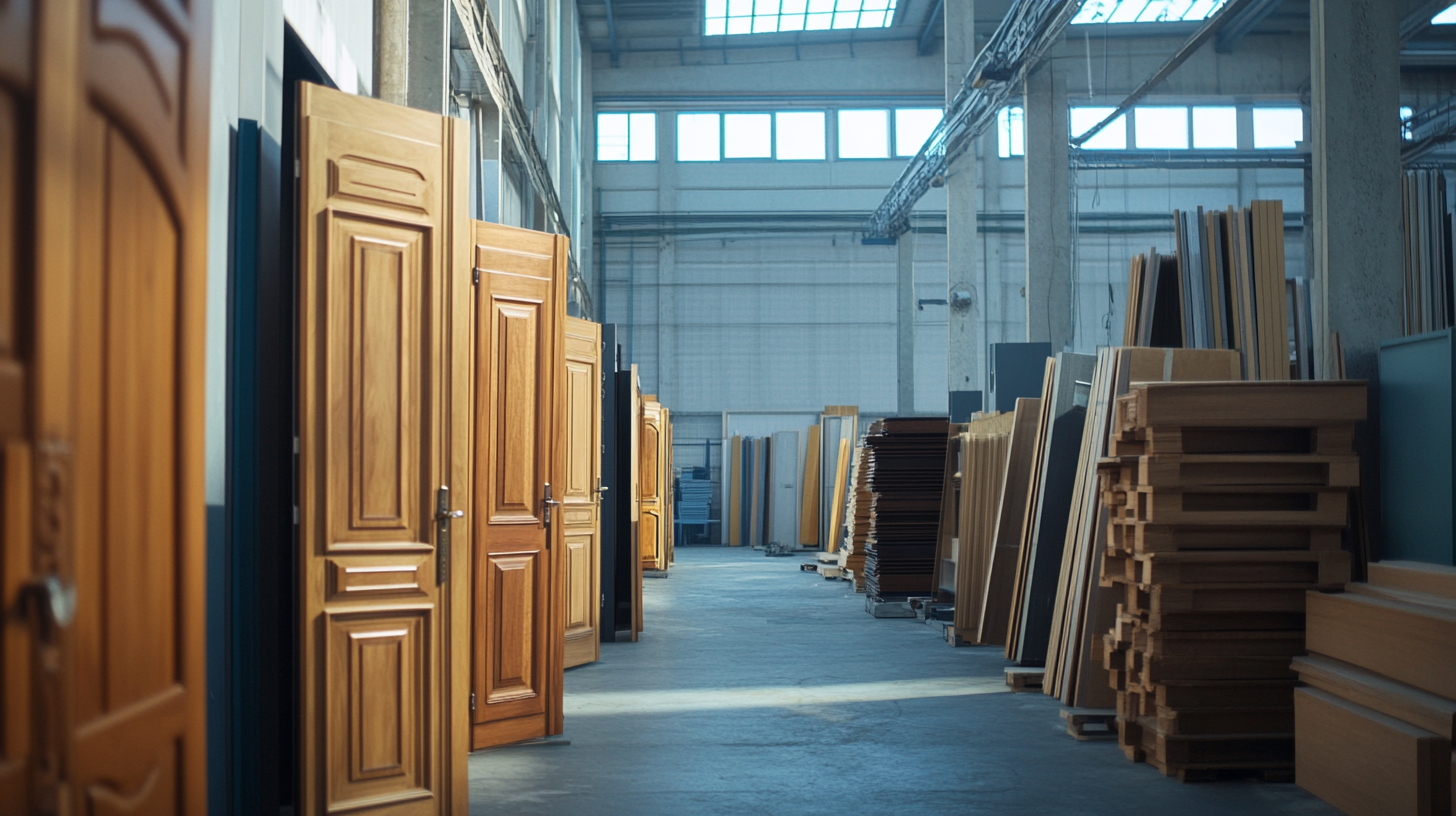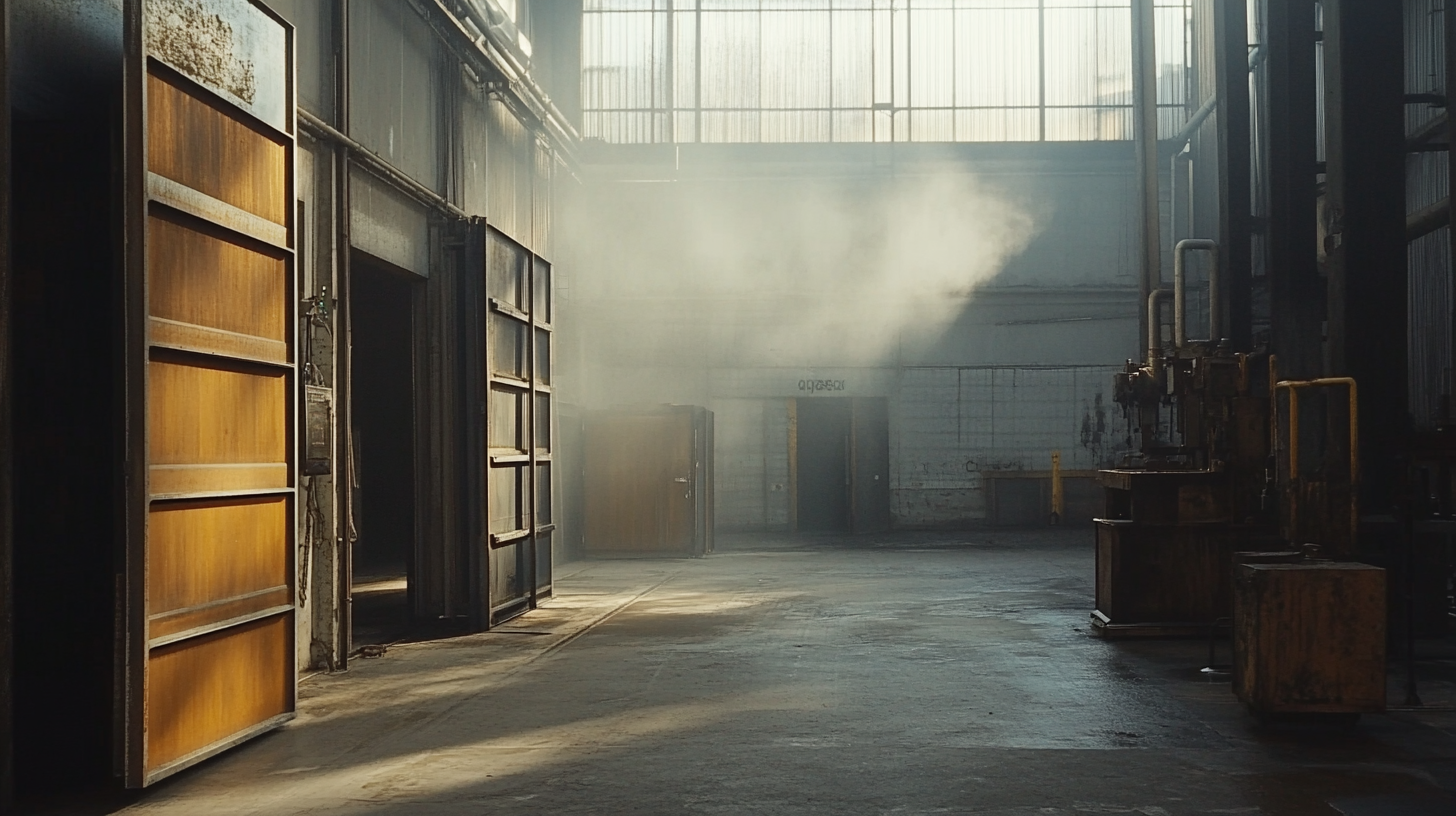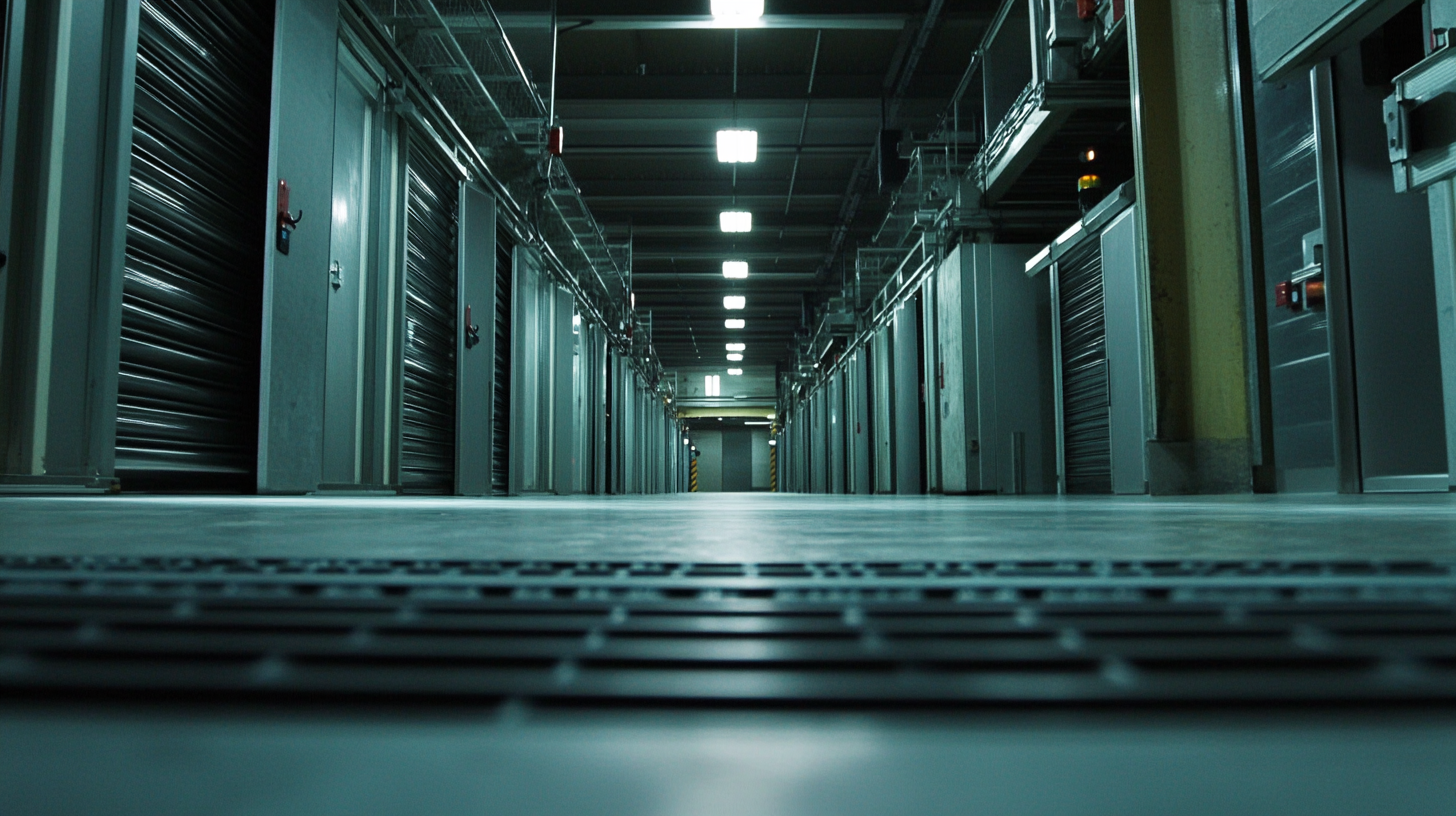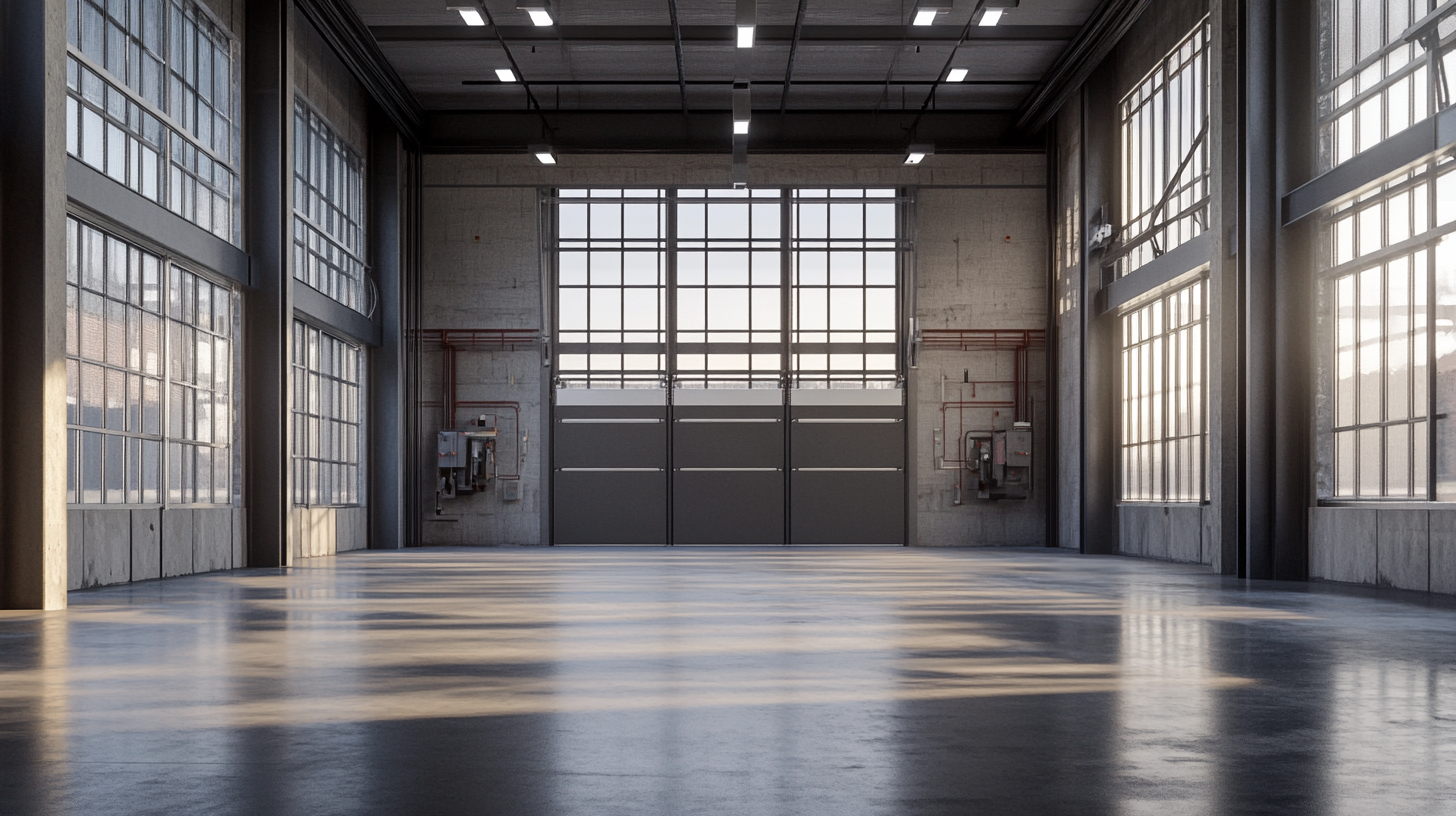Innovative Solutions for Your Production Line with Advanced Door Machines
In the ever-evolving landscape of manufacturing, the push for efficiency and precision is more crucial than ever. One pivotal element in optimizing production lines is the integration of advanced technology, particularly through the use of specialized equipment like the Door Machine. This innovative machinery not only enhances the speed of production but also ensures the quality and consistency of the final products. As industries strive to meet increasing demands, exploring how these advanced Door Machines can transform the workflow becomes essential.
The implementation of advanced Door Machines presents a unique opportunity for manufacturers to streamline their operations while reducing labor costs and minimizing errors. These machines are designed to automate various processes in door production, allowing businesses to maintain a competitive edge. In this blog, we will delve deeper into the innovative solutions offered by state-of-the-art Door Machines and how they can revolutionize your production line, making it more efficient and responsive to market needs. Whether you're a small workshop or a large manufacturing plant, understanding the potential of these machines could be the key to unlocking new levels of productivity and success.

Exploring the Impact of Advanced Door Machines on Production Efficiency
In today's rapidly evolving manufacturing landscape, the efficiency of production lines is paramount. Advanced door machines are revolutionizing the way factories operate by streamlining processes and enhancing productivity. These cutting-edge machines automate tasks that were once labor-intensive, thereby allowing for faster production rates and reduced operational costs. With increased precision and reduced human error, manufacturers can produce high-quality doors at a much quicker pace, ultimately leading to greater output and profitability. The integration of advanced door machines into the production line also has significant implications for overall workflow. By minimizing bottlenecks and maximizing throughput, these machines facilitate a smoother operation. Their capability to handle diverse materials and adapt to various designs means that manufacturers can offer a wider range of products without a substantial increase in time or labor costs. This versatility not only meets the immediate demands of customers but also positions businesses to respond proactively to market trends. Moreover, the impact of these innovative machines extends beyond just production efficiency; they also play a role in sustainability efforts. Many advanced door machines are designed with energy efficiency in mind, reducing waste and lowering the carbon footprint associated with door production. This focus on sustainability aligns with the growing emphasis on environmentally responsible manufacturing practices, appealing to conscientious consumers and stakeholders alike. As more companies recognize the value of incorporating advanced technology into their production lines, the future of manufacturing looks not only more efficient but also more sustainable.

Key Industry Trends in Door Manufacturing and the Role of Automation
In the rapidly evolving door manufacturing industry, automation is no longer a luxury but a necessity. As companies face rising labor costs and increasing consumer demands for efficiency, the integration of advanced technologies into production lines has become paramount. Automated door machines are transforming traditional manufacturing methods, enabling faster production rates while ensuring precision and consistency. This shift is not only enhancing productivity but also reducing waste, thus addressing the sustainability concerns prevalent in today’s market.
Key industry trends indicate a growing inclination towards customizable door solutions, driven by consumer desires for personalized products. Automation plays a crucial role in this trend, as it allows manufacturers to swiftly adapt their production processes to accommodate unique designs and specifications. With the capabilities of modern door machines, manufacturers can efficiently switch between different styles and materials without significant downtime, ensuring that they meet the evolving needs of their clients.
Moreover, the implementation of smart technologies such as Internet of Things (IoT) within door manufacturing systems is paving the way for predictive maintenance and enhanced quality control. By utilizing data analytics, manufacturers can monitor machinery performance in real-time, identifying potential issues before they escalate into costly repairs. This proactive approach not only extends the life of machinery but also ensures the delivery of high-quality products, solidifying a manufacturer’s reputation in a competitive marketplace. As the industry continues to advance, embracing automation and innovative solutions will be essential for manufacturers to thrive.

Comparative Analysis: Traditional vs. Advanced Door Machines in Production
In the realm of production line efficiency, the comparison between traditional and advanced door machines reveals significant advancements that can reshape manufacturing practices. Traditional door machines have long been the cornerstone of production setups, providing reliable, albeit often limited, functionality. These machines typically offer a standardized approach to door fabrication, which may suffice for smaller operations. However, as industries evolve, the need for innovative solutions that enhance productivity, flexibility, and customization becomes increasingly critical.
Advanced door machines leverage cutting-edge technology to streamline production processes. With innovations such as automated systems, integration of artificial intelligence, and improved material handling, these machines not only increase output but also reduce waste—an essential factor as industries move towards more sustainable practices. For example, the ability to adapt to different materials, including emerging bioplastics, positions advanced machines advantageously in a market that is seeing a shift away from traditional synthetic materials. This adaptability is crucial, especially as manufacturers seek to align with environmental sustainability goals while maintaining competitiveness.
As China emerges as a leader in advanced industries, it presents a challenge to the West, prompting manufacturers globally to reevaluate their machinery and processes. Embracing advanced door machines could serve as a strategic move to enhance operational efficiency, positioning companies to better compete in an increasingly innovation-driven market. The comparative analysis between traditional and advanced door machines showcases not just a variation in technology, but a broader paradigm shift towards intelligent manufacturing capabilities that are essential for future success.

Case Studies: Successful Implementation of Innovative Door Processing Solutions
In the rapidly evolving landscape of manufacturing, the implementation of innovative door processing solutions has proven to be a game-changer for production lines. Case studies reveal that companies harnessing cutting-edge door machines not only streamline their operations but also enhance the overall quality of their products. By integrating advanced technology, such as automated cutting and shaping systems, manufacturers are witnessing significant reductions in labor costs and processing times.
A notable case involved a mid-sized door manufacturer that adopted artificial intelligence-driven machines. By employing real-time data analytics, the company optimized its production workflow, enabling adaptive processing methods tailored to specific design requirements. This strategic shift led to a 30% increase in output and a dramatic decrease in material waste, showcasing the potential of innovative door processing solutions.
Moreover, another example highlights the benefits of seamless integration between machinery and digital platforms. This particular manufacturer utilized IoT capabilities to monitor machine performance and predict maintenance needs. Such foresight not only mitigated downtime but also ensured consistent product quality. These success stories illustrate that embracing innovation in door manufacturing processes can propel businesses forward, ensuring competitive advantage in a dynamic market.
Quantifying ROI: How Advanced Door Machines Boost Production Line Profitability
The integration of advanced door machines into production lines is revolutionizing the woodworking industry, significantly enhancing operational efficiency. According to a recent report by the Woodworking Industry Association, manufacturers utilizing high-tech door machines have seen production efficiency improve by up to 30%. This drastic increase is primarily due to automation and precision, which reduce manual labor and minimize waste, leading to higher output rates.
Moreover, quantifying the return on investment (ROI) for these advanced machines reveals compelling financial benefits. A study published in the Journal of Manufacturing Science and Engineering found that companies investing in advanced machinery report up to a 25% increase in profit margins within the first two years of implementation. This surge in profitability can be attributed to reduced labor costs and faster turnaround times for door production, allowing companies to take on more projects and meet customer demands promptly.
Additionally, advanced door machines often come equipped with data analytics capabilities, enabling manufacturers to monitor production metrics closely. By analyzing this data, companies can identify bottlenecks and inefficiencies, leading to continuous improvements in their workflows. According to the National Association of Manufacturers, organizations that leverage advanced technology like this experience a 45% reduction in operational costs over five years. These statistics underline the transformative impact of adopting innovative door machinery in today’s competitive market.

